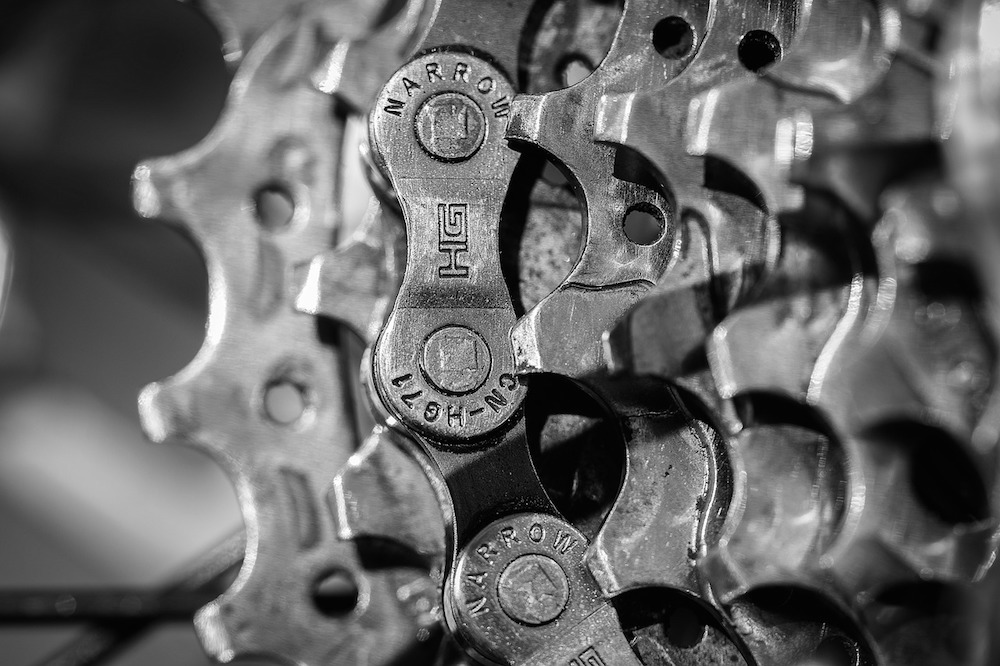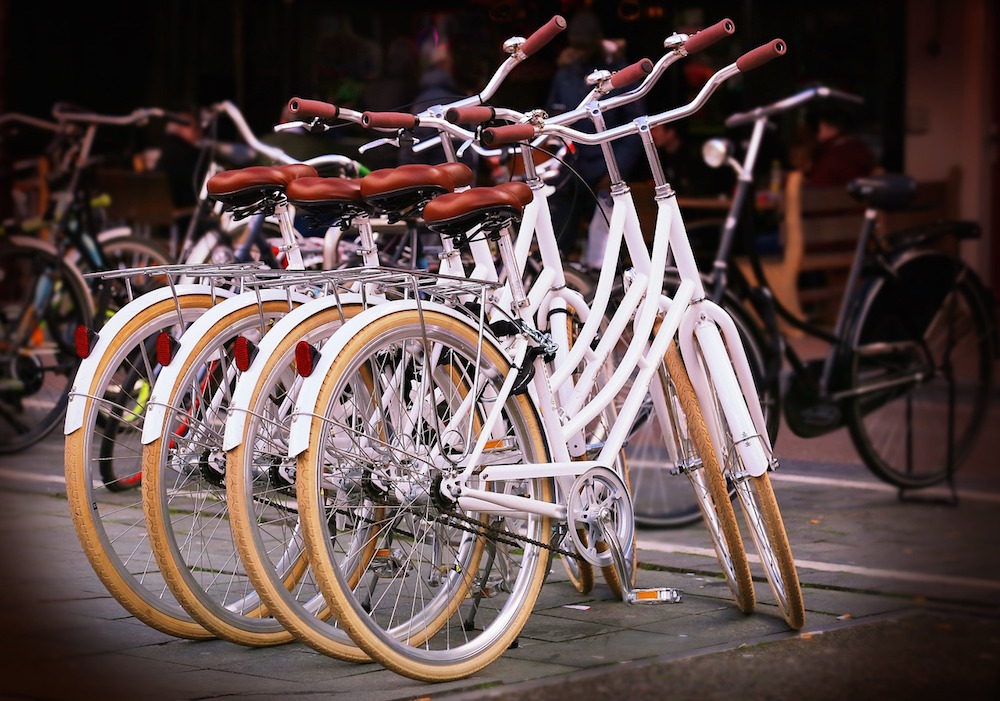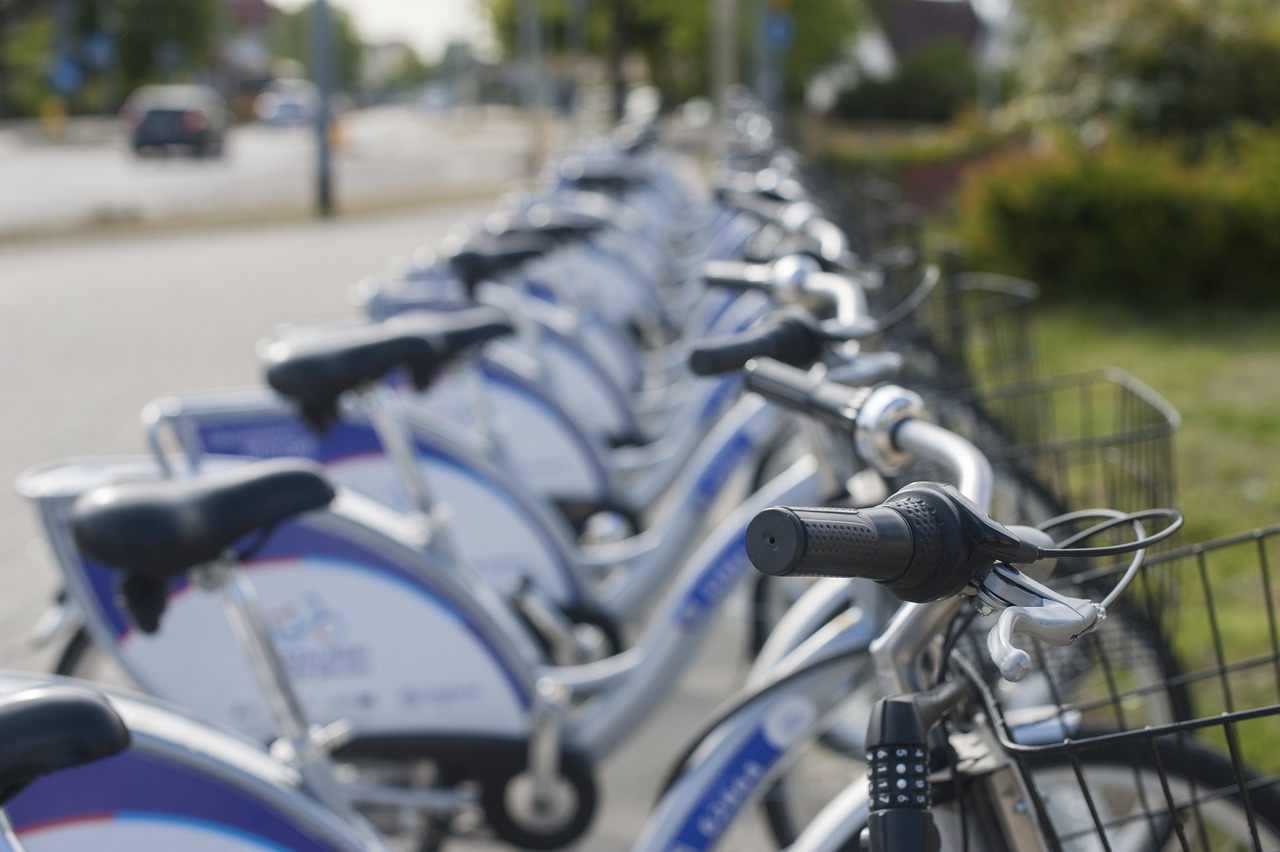I data from the bike market is holding back sales. Bene for that of e-bike. The data comes from Confindustria Ancma. THE costs they increasethe difficulty to find the components it also affects the bicycle market. The numbers are those just released by the Associazione ciclo motociclo accessori. They show us the trend in 2022 and how many factors account for 10% compared to 2021.
Bicycle sales, muscle bikes suffer, e-bikes resist
In the 2022, 1,772,000 bicycles were sold. From this number 337,000 units, are the e-bike growing by 14% (+72% since 2019). While muscle bikes register only 1,435,000 purchases (-15%).
This increase is due to I negotiated for this. Where brands and expertise are found, in fact, purchases are 68%. This is followed by large-scale distribution and online sales. Both register a value of value of 3.2 billion euros, up 18% on 2021 (+52% compared to 2019).
 Market of muscle bicycles and e-bikes
Market of muscle bicycles and e-bikes
Sale of electric bicycles, model data
Among the best-selling models for pedal assisted bikes. The 52% of bikes are e-cityil 43% e-mtbil 4% e-racing-gravel, while the e-cargo go up 1%. The e-bike universe represents 19% of the total bike market. Where 29% is made up of mountain bikes, 26% of city-trekking bikes, 15% of children’s bikes. Finally, 8% from road-gravel bikes and 2% from folding bikes.
Furthermore, the industrial indicators of the sector follow the market trend with the production of e-Bikes growing (+10%) compared to 2021 following the increase in domestic demand. While with 2,385,000 pieces, the national production of muscle bikes drops by 18%.
Sale of bicycles, the words of the President of Ancma
Il president of Ancma, Paolo Magri, on this occasion he says: “It confirms the importance of the role that the two wheels pedal they have conquered today in the mobility and in sport. A value that brings with it a great industrial tradition made up of excellence, which is a driving force in Italy, and the needs of many road users, who increasingly deserve safety and cycling infrastructures, as well as many business prospects linked to the cycling tourism attractiveness of the ‘Italy.
We believe it has come time to move from purchase incentives to use incentives. As an association we ask, on the basis of the recent indication of the European Parliament, to lower the VAT rate on bikes and on products in the supply chain: an intervention which, together with the promotion of the culture of the bike, can activate virtuous processes that are much more structural and effective than incentives to the purchase”.

In conclusion, Ancma indicates the need to bring the production of components back to Italy and Europe. In this way, the economic and strategic importance of the cycle sector and its potential growth are strengthened.
















Leave a Reply
View Comments